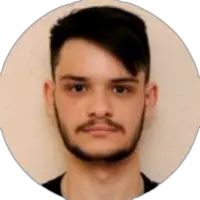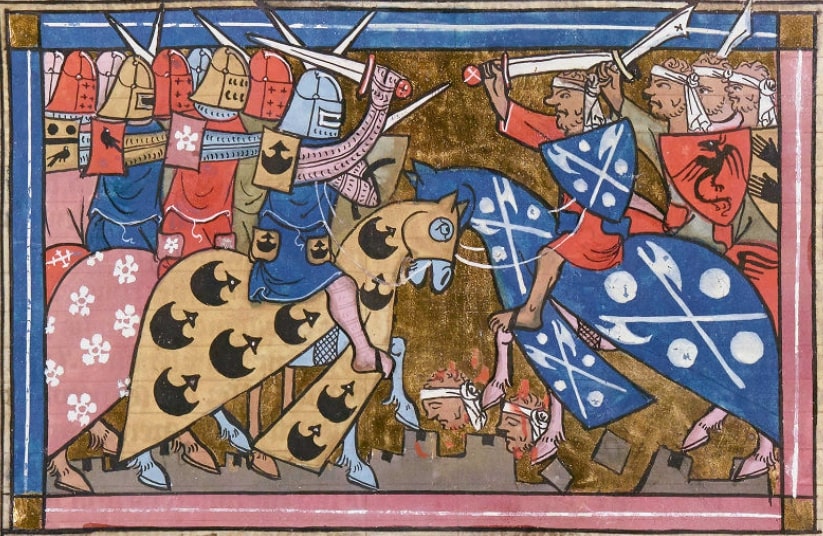 ountries have always used grand building projects to showcase their power. Throughout history, and even today, initiating and completing a grand project is one of the biggest shows of power a country could perform. The completion of such a project successfully proves two things to the world. Firstly, that the country is prosperous and could afford such a project, and secondly, that it has the appropriate resources and technology to complete such a task.
ountries have always used grand building projects to showcase their power. Throughout history, and even today, initiating and completing a grand project is one of the biggest shows of power a country could perform. The completion of such a project successfully proves two things to the world. Firstly, that the country is prosperous and could afford such a project, and secondly, that it has the appropriate resources and technology to complete such a task.
In the case we will discuss today, it is up for debate if those two criteria were met as, in a search to show the world the greatness of his nation, Nicolae Ceaucescu, leader of the Socialist Republic of Romania, strained the nation’s resources in order to complete one of the most ambitious building projects ever. Building a palace fit for a king-like figure, a hallmark of administrative socialist buildings.
North Korea
Surprisingly enough, our story starts on the other side of the globe in the small communist nation of North Korea. During his trip to the east in 1971, Nicolae Ceaucescu met with the then-leader of North Korea, 김일성 (Anglicised: Kim Il-sung). During his visit to the country, Ceaucescu became infatuated with the nation’s architecture and decided that he wanted to mimic the style back home.
The opportunity to implement this style in the capital came about in 1977, after the powerful Vrancea earthquake. As a result of this earthquake, a lot of the capital’s buildings were damaged or destroyed. Ceaucescu decided to rebuild these buildings in the new, totalitarian, building style he saw in North Korea.

Although “Project Bucharest” was expansive, it was missing something. During his visit to North Korea, Ceaucescu was awestruck by the grandeur of some of the buildings. It wasn’t enough to imitate their style, he wanted to one-up it. As a result, he planned to build a gigantic building for his leadership. One that would make the people of Bucharest feel small and portray the power of the Romanian Communist Party.
Only Romanian materials
After clearing out the local area by demolishing buildings and relocating around 40,000 residents of Bucharest, the area was ready for the buildings to be started, in 1984. Assigned to the planning of the behemoth was Romanian architect Anca Petrescu, helped by another 700 junior architects, she designed the ‘palace.’
During the building process, only materials and objects manufactured in Romania were used. These are but a few of the items from the extensive list of materials used to construct the building:
2,000,000 tons of sand
700,000 tons of steel
500,000 tons of cement
3,500 tons of crystal
The building was initially meant to be finished in two years, through the use of ‘voluntary’ work from the Romanian populace as well as forced labor from the troops of the Romanian army, as to keep the already costly building costs a little bit cheaper.

It is estimated that between 20,000 to 100,000 workers ended up working on the ‘palace,’ leading to the building costs reaching just $3 billion (adjusted for inflation).
Although the building was meant to be finalized by 1986, it is still technically incomplete to this day, as only 400 of its 1,100 rooms are usable. After Ceaucescu’s death, the palace became the home of the new Romanian government, serving as the diplomatic and political home of Romania. Throughout the years, engineers have inspected the buildings, and it has been found that, due to its weight, every year, the palace sinks 6 mm into the soft ground below.
Overall, the building weighs an estimated 4.1 million tons, making it the heaviest building in the world. Its size also puts it in third place in the contest of the biggest administrative building in the world, but it also claims first place as the world’s most expensive administrative building.
Built in a time when Romania was suffering financially, the Palace of Parliament stands as a symbol of the stupidity and hopefulness of Ceaucescu.
Disregarding his nation, he felt that it was more important to appear strong on the world stage by engaging in such a large building project rather than funneling those funds to places that would benefit the nation in a time of economic stagnation.

Student of Philosophy, Politics and Economics. History fanatic. Contact: aneculaeseicg@gmail.com





